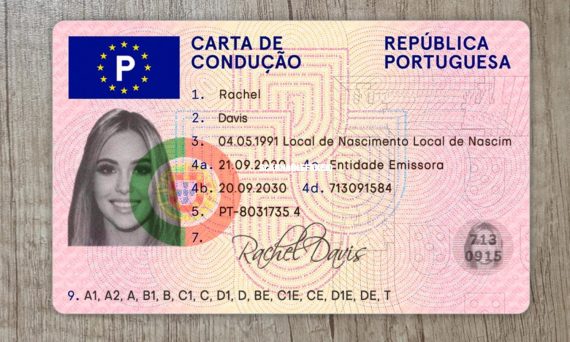7 Things You've Always Don't Know About Driving License Legislation

Understanding Driving License Legislation: An In-Depth Exploration
Driving is a vital part of contemporary life, offering movement and self-reliance to individuals around the globe. However, acquiring a driving license is not merely a matter of passing a test; it needs understanding a wide selection of legislation and policies. This article explores the various elements of driving license legislation, exploring its history, existing laws, and their ramifications for drivers.
Historical Context of Driving License Legislation
The roots of driving license legislation can be traced back to the early 20th century when the variety of vehicles on the road began to rise dramatically. The intro of the car raised issues about safety, liability, and environmental impact. As a reaction, governments all over the world began executing policies governing drivers and vehicles.
Key Milestones in Driving License Legislation:
- Early 1900s: The first driving licenses appeared, frequently needing motorists to pass a fundamental examination.
- 1920s: Many Western countries started formalizing their licensing procedures, consisting of age restrictions and knowledge tests.
- 1950s-60s: The application of roadway safety campaigns stressed the importance of driving education.
- 1980s: Introduction of automated testing and digital licensing to improve availability and effectiveness.
- 2000s-Present: Ongoing reforms dealing with issues such as road safety, impaired driving, and the combination of digital identification innovations.
The Structure of Driving License Legislation
Driving license legislation is diverse, incorporating a variety of guidelines that govern the issuance, validity, and enforcement of driving licenses. The following table lays out the key elements of driving license laws:
| Component | Description |
|---|---|
| Eligibility | Minimum age, residency requirements, and resident status. |
| Evaluating Requirements | Knowledge examinations, useful driving tests, and vision screening. |
| Licensing Types | Various classes for various car types (e.g., motorcycles, trucks). |
| Renewal and Expiration | Laws on license renewal frequency and expiration dates. |
| Charges | Fines, demerit points, and suspension for violations. |
Types of Driving Licenses
Driving licenses are classified based upon the kind of lorry the holder is permitted to run. Understanding these classifications is vital for compliance with the law.
Common Types of Driving Licenses:
- Class A: Required for operating heavy trucks and vehicles over a certain weight.
- Class B: For larger guest automobiles, such as buses and vans.
- Class C: Standard licenses for individual cars.
- Class M: Motorcycles, needing specialized screening.
- Student's Permit: Allows people to practice driving under supervision.
Present Trends in Driving License Legislation
As society evolves, so do the laws governing driving licenses. Recent trends and changes in legislation show developments in technology and shifts in public attitudes towards movement and safety.
Secret Trends:
- Digital Licenses: With the increase of digital innovation, numerous jurisdictions are moving towards the adoption of digital driving licenses that can be saved on smartphones.
- Automatic Renewals: Some regions now permit automatic license renewals based on electronic records, minimizing the need for in-person gos to.
- Increased Focus on Safety: Many countries are tightening up policies associated with impaired driving, sidetracked driving, and roadway safety to fight increasing accident rates.
- Eco-friendly Policies: With growing concerns over climate modification, some places have introduced rewards for electric vehicle ownership, affecting driving license classifications.
Frequently Asked Questions About Driving License Legislation
What is the minimum age to get a driving license?
- The minimum age varies by jurisdiction but normally ranges from 16 to 18 years.
What documents are required to apply for a driving license?
- Common requirements consist of proof of identity, residency, and, in some cases, completion of a chauffeur's education course.
What takes place if a driving license is ended?
- Driving with an expired license can result in fines, and the person might require to retake tests depending on the length of time the license has actually been ended.
Can a driving license be withdrawed?
- Yes, licenses can be withdrawed for extreme violations such as duplicated DUI offenses, reckless driving, or collecting a lot of demerit points.
Are there driving licenses for electric automobiles?
- While electric lorries do not need a specific license type, operators must hold a standard driving license appropriate for their lorry class.
Driving license legislation plays an essential function in preserving road safety and controling car operation throughout the world. With the ongoing evolution of technology and social standards, understanding the existing patterns and policies surrounding driving licenses remains important for striving and current motorists. Keeping up with Aprovação Prova De Condução guarantees compliance and contributes to more secure travel for everybody on the road.
By acknowledging the value of driving license legislation, people can navigate the streets with self-confidence, adding to a culture of responsible driving and public safety. As laws continue to adjust, remaining informed empowers motorists to make informed choices about their transport needs.

